The Virgin was a favorite theme of sculptors in Quito during the 16th, 17th and 18th centuries. Devotion to the Virgin was particularly strong in the viceroyalty, and there was a great demand for painted and carved images for private and public worship. The representation of the Immaculate Virgin first flourished in the 16th century, particularly in Spain. Although representations of the Virgin in this form predate this period, the specific iconography was codified by the Spanish painter and writer Francisco Pacheco (1564-1644) in his treatise on the art of painting (1649). The features of the Immaculate Virgin are essentially those of the Woman of the Apocalypse described in the Bible: "A great woman appeared in heaven, clothed with the sun, and the moon under her feet, and on her head a crown of twelve stars" (Revelation 12:1). Pacheco also specified that the Immaculate Virgin should be represented as a young girl of twelve or thirteen years old with hands clasped in prayer; and that the moon should be a crescent moon (a symbol of chastity) with angels at her feet.


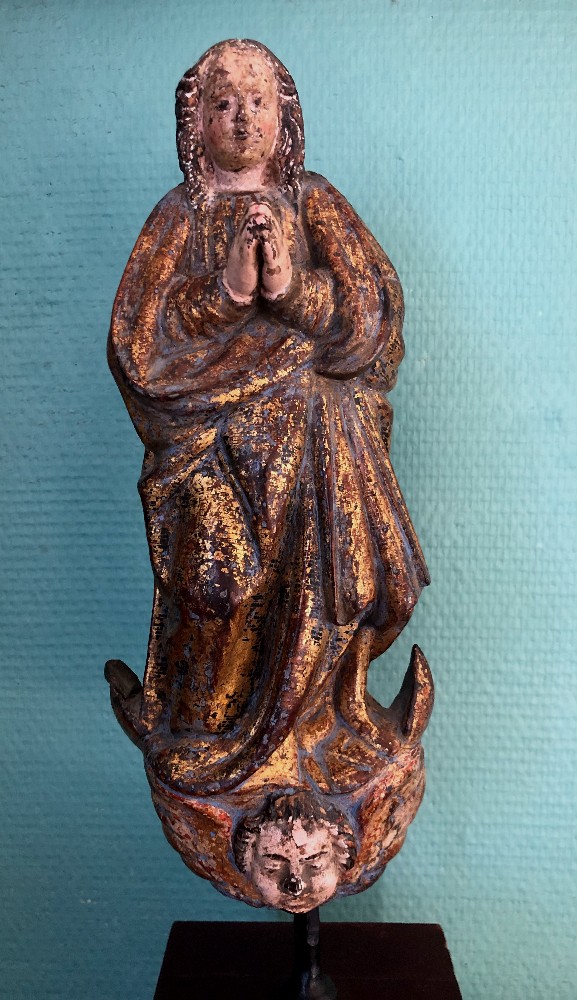
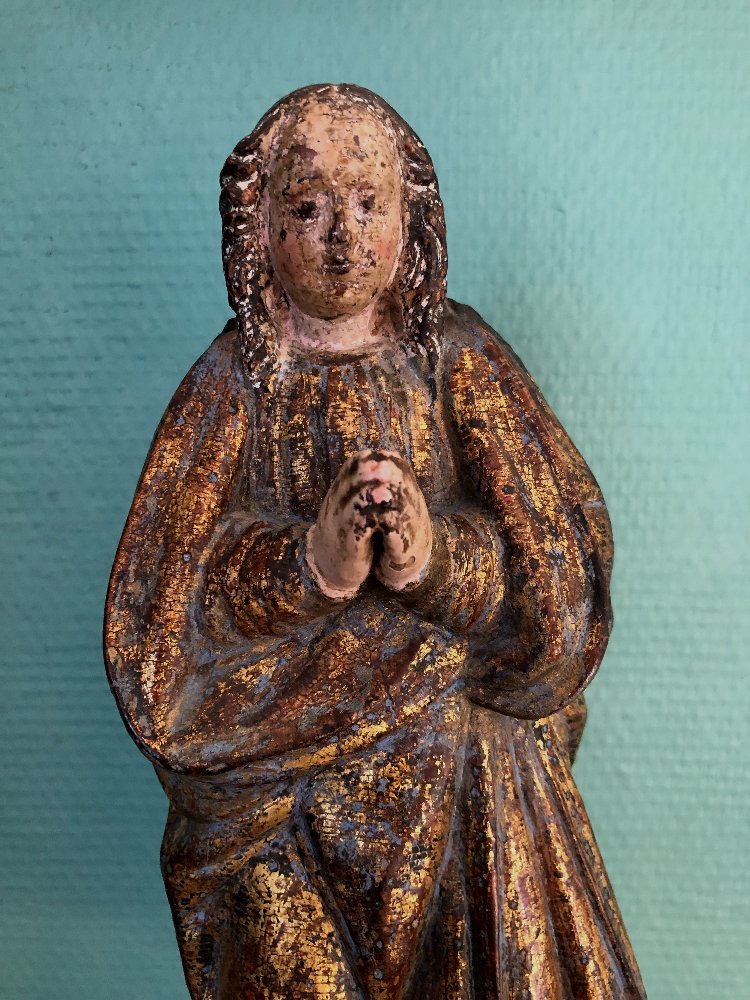
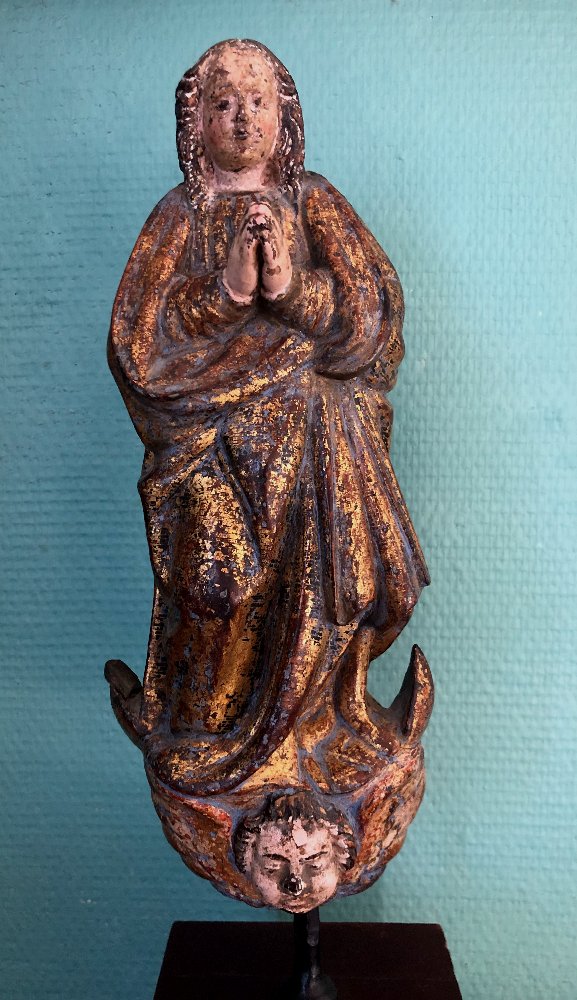
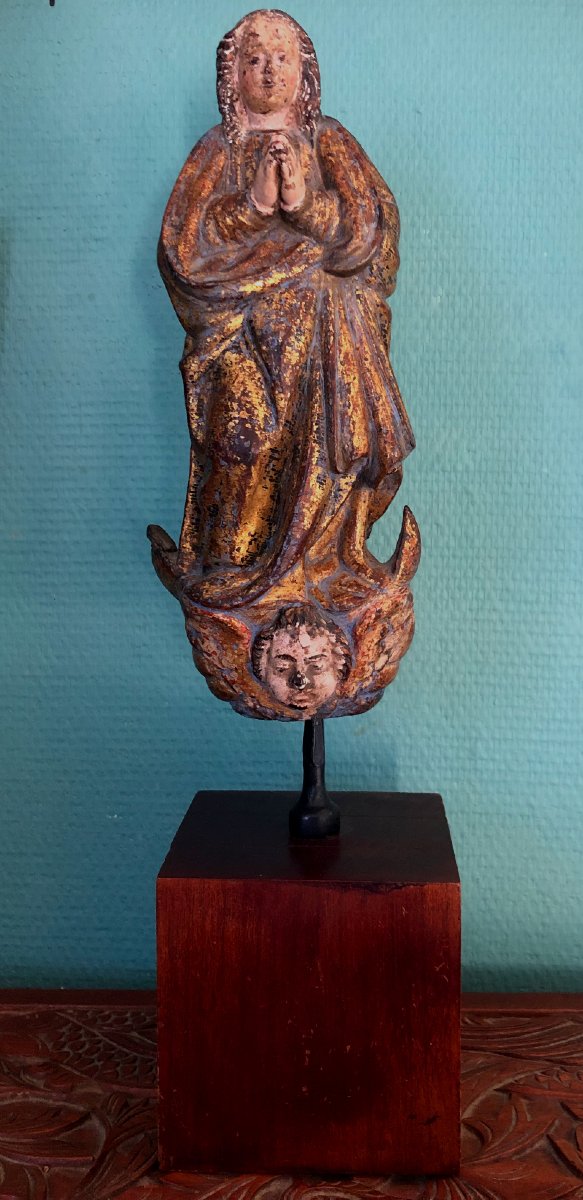
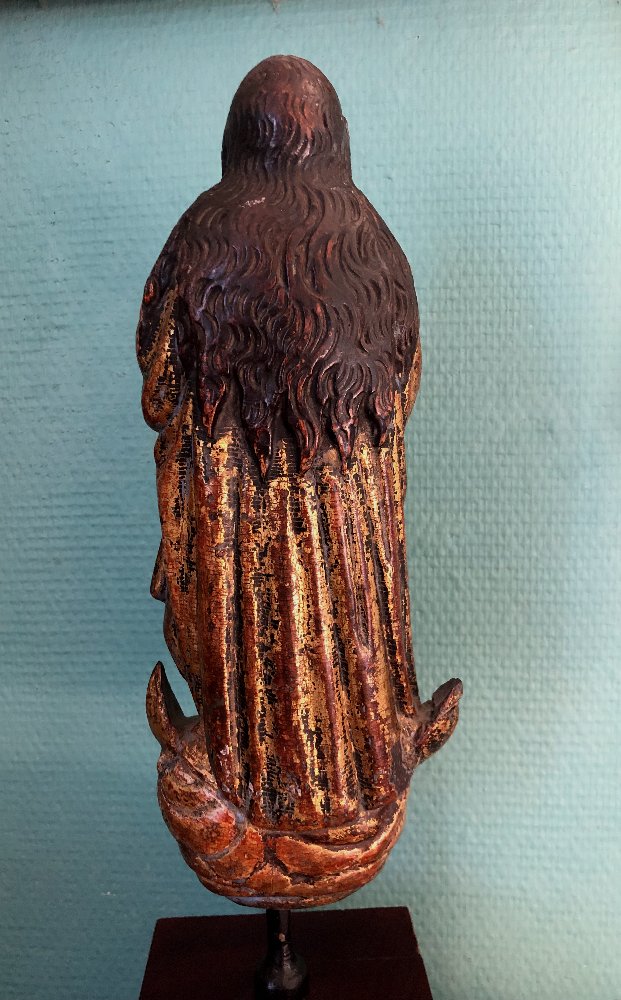
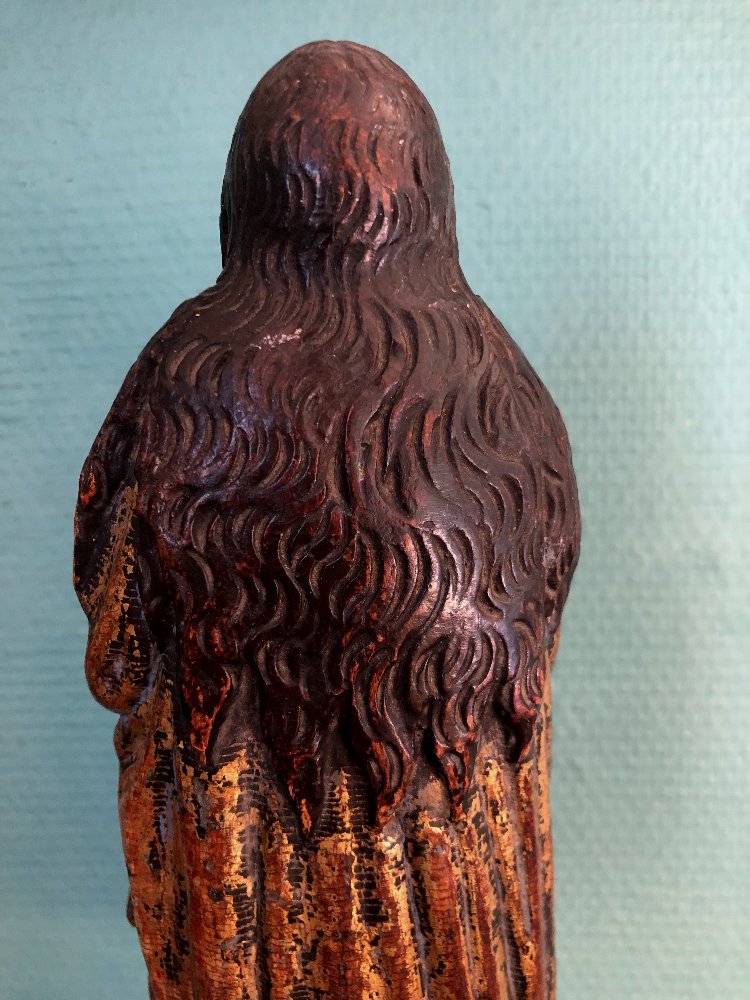
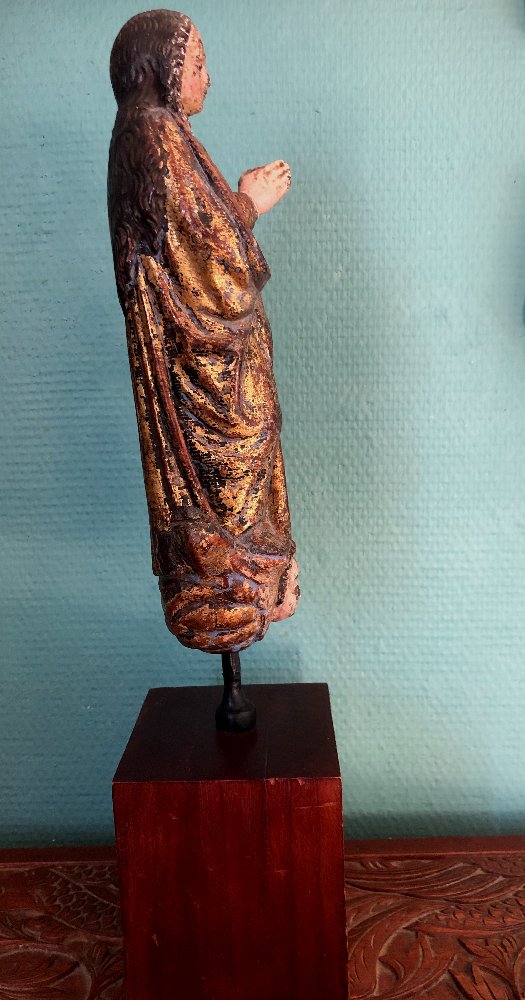
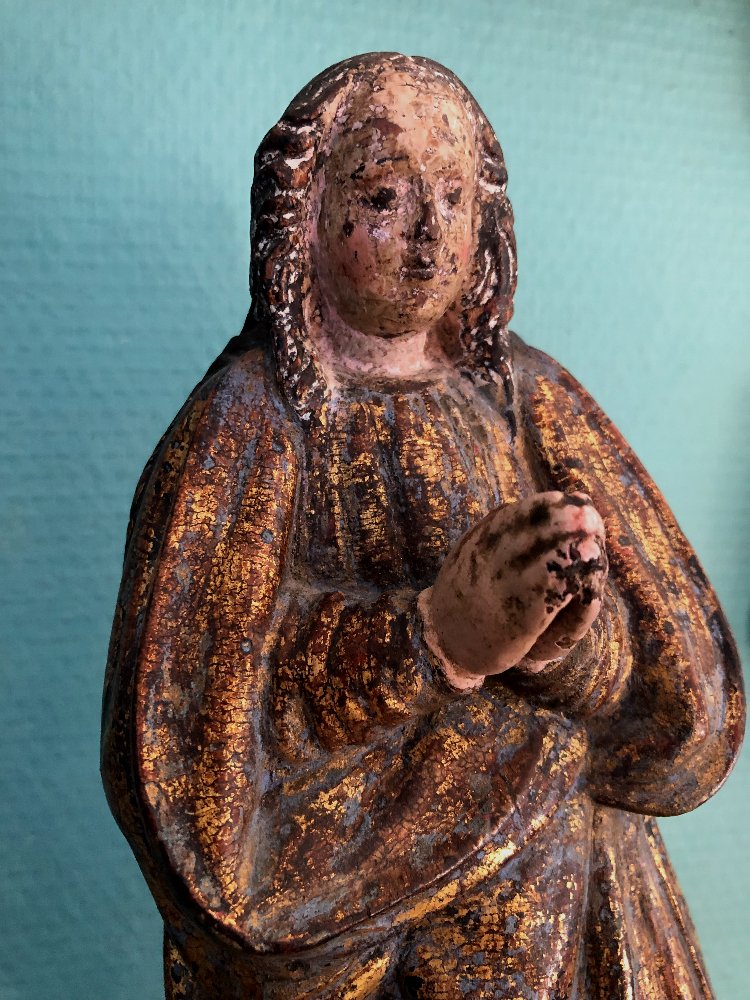
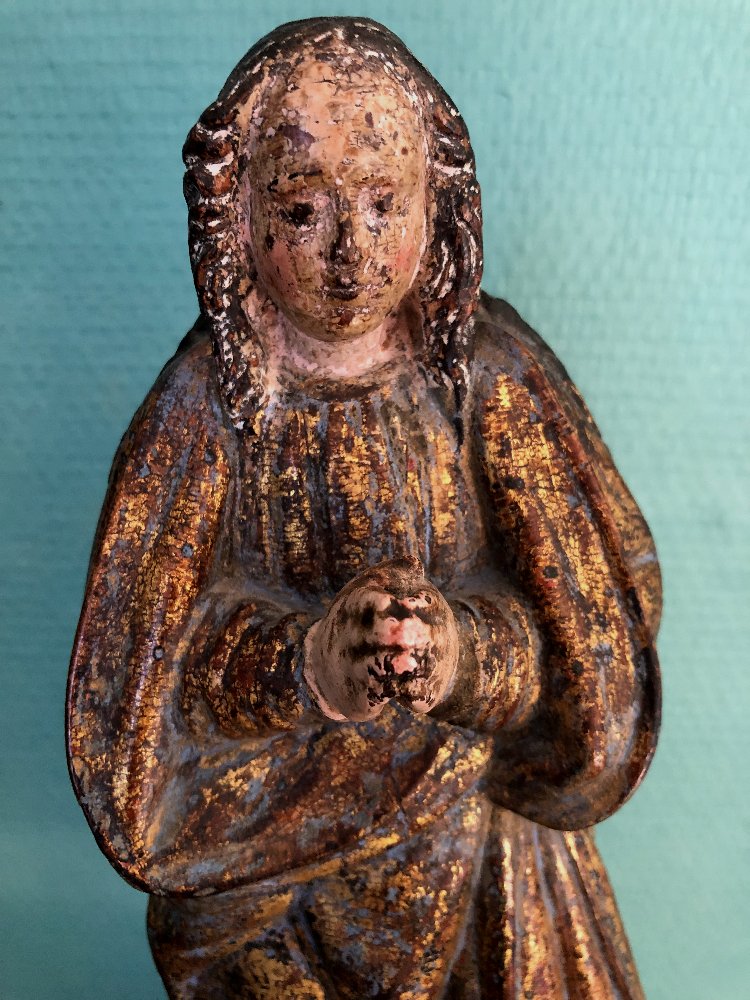
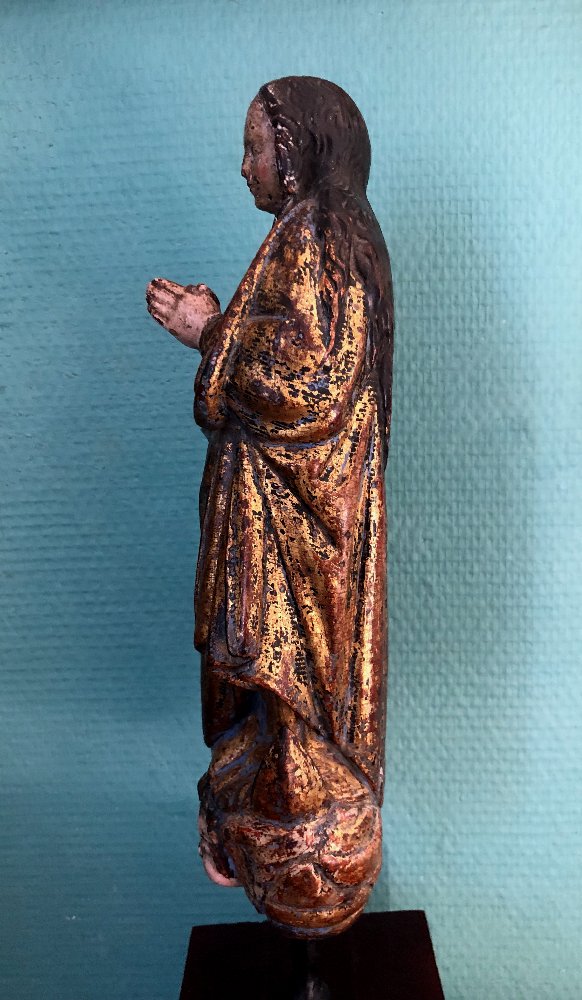














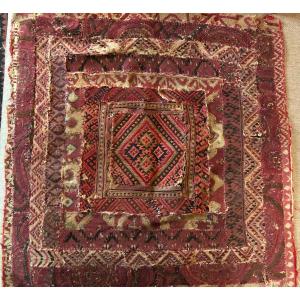
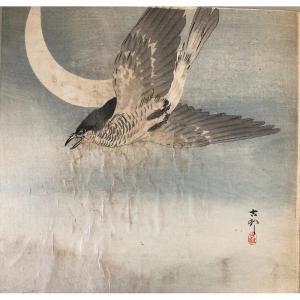



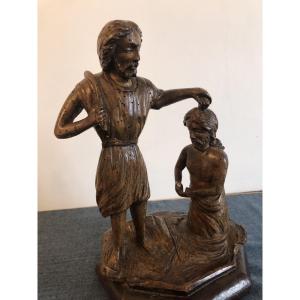


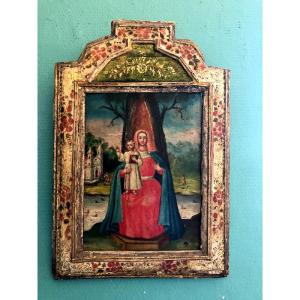
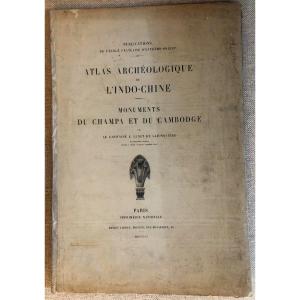

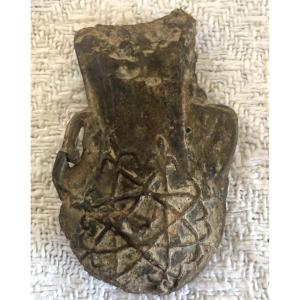
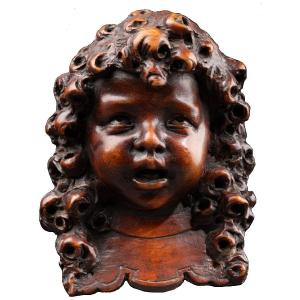
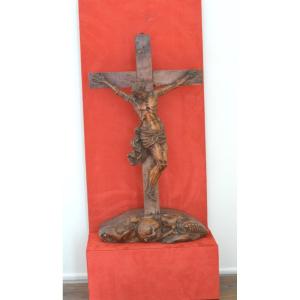






 Le Magazine de PROANTIC
Le Magazine de PROANTIC TRÉSORS Magazine
TRÉSORS Magazine Rivista Artiquariato
Rivista Artiquariato